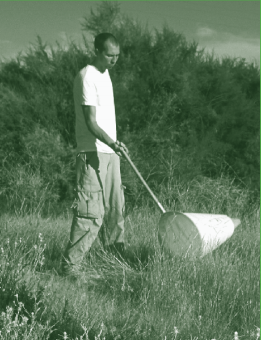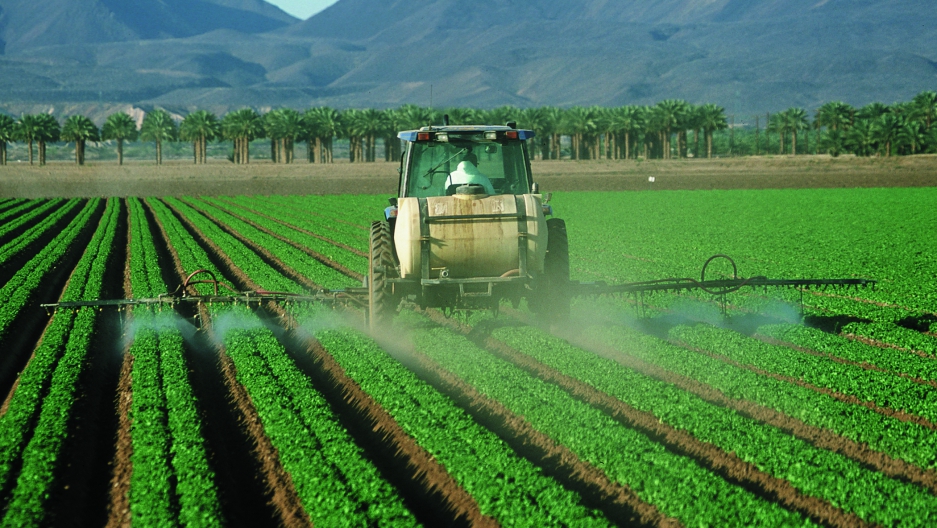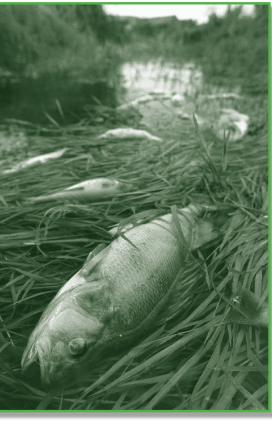Effective management of pests in the agricultural sector is critical in improving yields and eliminating unnecessary destruction of crops. The concept of integrated pest management has gained popularity over the recent past as agricultural experts embrace technology and new methods of managing pests. It emphasizes the need to manage pests in a way that does not threaten the agro-ecosystem. Rapisarda and Cocuzza (2017) define integrated pest management as “a system of pest management that incorporates preventive cultural, mechanical, physical, biological and chemical controls in a compatible manner to keep pest population below economically injurious levels” (p. 93). As shown in the definition, this approach incorporates the use of various methods of managing pests to the level where they do not pose any threat to crops. Dhang (2018) warns that some of the traditional approaches of pest management, especially those that emphasize on the use of chemicals may pose threat not only to the ecosystem of the firm but to human beings and animals as well. The steps below define stages that one should take to manage pests effectively.
Identification of the Pest and its Biology
The first step that one should take in integrated pest management is to identify the pest. According to Coll and Wajnberg (2017), in this integrated approach, planning is critical in ensuring that the best outcome possible is realized. As such, one should start by identifying the problem. Pests may be in the farm, in the store, or even in the house. A detailed description of pest should be provided. A rat may be a destructive pest in a grain store. However, it may pose little harm to a corn plantation just before harvesting. That is the reason why the particular pest must be described based on the context. Some of the dangerous pests in the farm include locust, Japanese beetles, Colorado potato beetles, corn rootworms, stink bugs, Mormon crickets, and rodents such as squirrel. In the store, some of the common pests include red flour beetle, rusty grain beetle, saw-toothed grain beetle, rice weevil, granary weevil, lesser grain borer, and yellow mealworm. In the house, some of the common and destructive pests include cockroaches, rats, ants, bedbugs, and mosquito.
Monitoring the Pest
Once pests are identified in each of the settings stated above, the next step is to monitor them closely. During the stage of monitoring, a farmer should focus on their behavior, crops they often attack, and the level of their destructiveness. Some pests are active at night while others are active at daytime (Fenemore, 2016). Some of them reproduce very fast while others do not. It is also important to note that some attack crops or grains in large groups while others are solitary pests. In the past, it was common to spray the whole farm when a pest is noticed, an action that would be unnecessary if careful monitoring were to be done (Matthews, 2018). The stage helps a farmer to understand the extent of the problem to help in devising an effective strategy. In large tracts of land, drones can now be used to facilitate effective monitoring. These drones, fitted with high definition cameras, can scan the entire plantation, providing detailed information of the extent of the problem, areas that they are affecting, and the pattern of the pest. Figure 1 below shows one of the common methods used in monitoring pests.

Developing the Management Goal
The next stage of developing a management goal and plan of eradicating the identified pests is critical. It is normal to find cases where a farmer has to deal with two or more strains of pests. When developing a plan, Fenemore (2016) explains that the primary goal is to develop a program that is cost effective, environmental friendly, biologically safe to humans and crops, and capable of addressing the problem conclusively. Another major factor that one has to consider at this stage of developing an appropriate plan is the human resource and financial capacity of the organization. Some programs may require heavy financial investment, such as those that involve the use of planes to spray the field. Others may be human capital intensive when workers are needed to manage them mechanically.
Pests can be managed using two broad approaches. The first approach is natural controls, as Dhang (2018) observes. It involves non-human intervention where the pest is left to die naturally. It may be destroyed by a change of weather or temperatures. Others may be destroyed by natural enemies within the field. When the monitoring process revealed that the pest can be destroyed through natural controls, then the farmer may not need to take any further action. The second approach of dealing with the identified pests is applied controls (Onstad & Crain, 2019). In this case, the farmer must take various steps to manage the pest before it can destroy plants. Matthews (2018) identifies seven applied control measures that one can take, such as biological controls, mechanical management, and cultural controls. Other methods include environmental or physical modification, host resistance, chemical control, and regulatory methods (Onstad & Crain, 2019).
Implementing an Integrated Pest Management Program
The next stage of integrated pest management is the process of implementing the program based on the developed plan. It is common for a farmer to use more than one method simultaneously to manage the pest. For instance, it may be necessary for a farmer to use mechanical controls as well as biological controls when managing two or more pests at the same time (Matthews, 2018). During the implementation phase, one must stick to the pre-developed plan. Introduction of sudden changes may inflate the cost or result in undesirable outcome. When using chemical methods of controlling pest, Fenemore (2016) warns that one should be careful to avoid cases where pests become resistance to the drugs.
Continued use of a specific pesticide on the same land and with the same crop over the years may yield resistance. That is why integrated pest management encourages crop rotation as a way of eliminating some pests common to specific plants. A farmer can use fast growing plants such as cucumbers, spinach, and baby carrots to break a possible breeding cycle of specific pests. Care should be taken to ensure that the process of spraying the plants with pesticides does not expose those involved to unnecessary risks. Wearing of the right protective gear is, therefore, critical during such processes. Dhang (2018) also states that when crops such as spinach or tomatoes are sprayed, there should be a specific period that it should take before harvesting. This measure is taken to ensure that the crop does not become poisonous to the use. Figure 2 below shows one of the methods that can be used to spray pesticides.

Recording and Evaluating Results
The final stage in integrated pest management involves recording and evaluating of results. When using this approach, a farmer has to ensure that they remain accountable and flexible enough to change from one method to another. Taking of records helps in ensuring accountability. The farmer will be aware of the chosen method, resources used, time it took, and the outcome of the activity (Matthews, 2018). They will then evaluate the outcome to determine if it addresses the problem to the stated expectation. When the method is satisfactory, then it can be embraced as the best practice for the firm. In case weaknesses are identified, then the management must find an alternative method of addressing the problem. A farmer is encouraged to conduct a comparative analysis to identify which of the various methods yields the most effective results using the least cost possible and with limited risks to human, plants, and other animals not targeted by the program. Figure 3 below shows potential adverse effect excessive of pesticides to wildlife.

Conclusion
Integrated pest management has become a common practice in the agricultural sector within the United States and other parts of the world. Farmers are under pressure to ensure that their pest management practices do not post any significant threat to the agro-ecosystem and the health of human beings. As such, a new practice is emerging where farmers are encouraged to use alternative methods to pesticides such as crop rotation, natural methods, and physical elimination of pests. These alternative approaches also help in protecting the wildlife from adverse effects of the chemicals.
References
- Coll, M., & Wajnberg, E. (2017). Environmental pest management: Challenges for agronomists, ecologists, economists and policymakers. Wiley.
- Dhang, P. (2018). Urban pest control: A practioner’s guide. CABI Publishing.
- Fenemore, P. G. (2016). Plant pests and their control. Butterworth-Heinemann.
- Matthews, G. (2018). History of pesticide. CABI Publishing.
- Onstad, D. W., & Crain, P. R. (Eds.). (2019). The economics of integrated pest management of insects. CABI Publishing.
- Randal, C., Hock, W., Crow, E., Colleen, H., & Kasai, J. (Eds.). (2015). National pesticide applicator certification core manual. Michigan State University Press.
- Rapisarda, C., & Cocuzza, G. M. (Eds.). (2017). Integrated pest management in tropical regions. CABI Publishing.